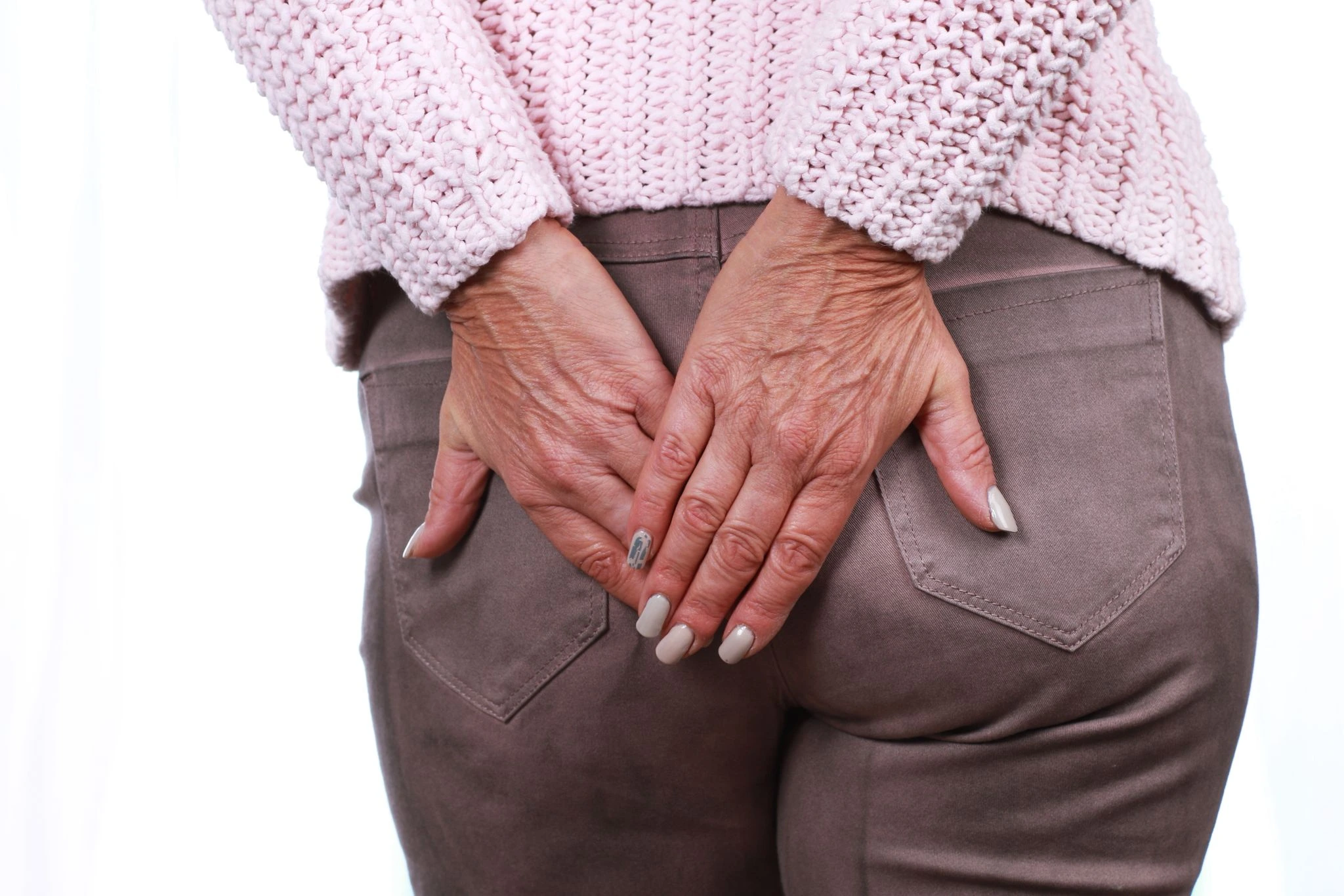
Understanding Haemorrhoid Diagnosis
Haemorrhoid diagnosis helps identify the cause of symptoms like rectal bleeding or discomfort. Visiting your GP for a proper evaluation is crucial to confirm haemorrhoids and rule out serious conditions. This guide explains the diagnostic process, what to expect, and why it matters.
When to See a Doctor for Haemorrhoid Diagnosis
Seek medical advice if you notice these symptoms:
- Bright red blood from the rectum.
- A lump or swelling near the anus.
- Ongoing pain, itching, or irritation..
- Feeling like your bowels aren’t fully empty.
- Worsening symptoms with a history of haemorrhoids.
Rectal bleeding doesn’t always mean haemorrhoids. For instance, conditions like bowel cancer, anal fissures, or inflammatory bowel disease can cause similar issues. Therefore, a doctor’s evaluation is essential for an accurate haemorrhoid diagnosis.
Questions Your GP Will Ask
To diagnose haemorrhoids, your GP starts with a detailed medical history. They might ask:
- How often do you have bowel movements, and do you strain?
- Do you see blood, mucus, or feel pain during bowel movements?
- What’s your diet like, especially fibre and water intake?
- Have you noticed weight loss, fatigue, or digestive changes?
- Is there a family history of bowel conditions or colorectal cancer?
Keeping a symptom diary, noting stool patterns and symptoms, can help. For example, recording when bleeding occurs aids your doctor in making a haemorrhoid diagnosis.
Physical Examination for Haemorrhoid Diagnosis
Visual Inspection
Your doctor will ask you to lie on your side or lean forward on the exam table. Next, they inspect the anal area for external haemorrhoids, swelling, skin tags, or fissures (small skin tears). This step is quick and usually painless.
Digital Rectal Examination (DRE)
Using gloves and lubricant, the doctor gently inserts a finger into your rectum. They check for internal haemorrhoids, lumps, or tenderness. Although slightly uncomfortable, this exam takes less than a minute. You can pause or stop it if needed.
Further Tests for Accurate Diagnosis
If symptoms persist or you’re over 50, your GP may suggest additional tests to confirm haemorrhoid diagnosis or rule out other conditions:
Proctoscopy
A proctoscope, a short tube, is inserted to view the lower bowel. This test spots internal haemorrhoids, inflammation, or ulcers. It takes about 5–10 minutes and can happen at a clinic or hospital.
Flexible Sigmoidoscopy
A flexible tube with a camera examines the lower colon. It detects polyps, cancer, or other issues. This test may need mild bowel prep and light sedation, especially if bleeding is unexplained.
Colonoscopy
A full colon exam is used if cancer, anaemia, or weight loss is a concern. It requires complete bowel prep and sedation. While not common for simple haemorrhoids, it’s vital for serious symptoms.
These tests are safe and key to catching serious conditions early. Learn more about bowel health testing.
Why Haemorrhoid Diagnosis Matters
Haemorrhoids are common, but other conditions can mimic their symptoms, such as:
- Anal fissures (small tears causing pain and bleeding).
- Polyps or colorectal cancer.
- Anal abscesses or fistulas.
- Inflammatory bowel diseases like Crohn’s or ulcerative colitis.
A thorough haemorrhoid diagnosis ensures proper treatment and peace of mind. Delaying evaluation can risk missing serious issues.
Preparing for Your Appointment
To get the most from your visit:
- Track when bleeding happens and what the blood looks like.
- List all symptoms, even unrelated ones.
- Share family history of bowel cancer or related diseases,
- Wear comfortable clothes for the exam.
- Request a chaperone if you’d like someone present.
Doctors handle rectal concerns routinely and aim to keep you at ease. Check out our guide on preparing for a GP visit.
After Your Haemorrhoid Diagnosis
If haemorrhoids are confirmed, your GP may suggest:
- Eating more fibre and drinking more water.
- Using creams or suppositories for relief.
- Procedures like rubber band ligation for severe cases.
- Follow-up visits to track progress.
If other conditions are suspected, you may need specialist referrals or more tests.
It’s worth remembering
Haemorrhoid diagnosis, though sometimes daunting, is quick and essential. By seeing your GP early, you ensure accurate treatment and rule out serious conditions. If you have rectal bleeding or ongoing discomfort, contact your GP for a haemorrhoid diagnosis and effective relief.
References
[1] NICE CKS. Haemorrhoids – Diagnosis and Assessment.
[2] NHS Inform. Rectal Bleeding and Anal Conditions.
[3] NHS Bowel Cancer Screening. What to expect.
LTF Editorial Team
The Love to Feel editorial team is a collective of passionate health writers, researchers, and lived-experience advocates dedicated to shining a light on endometriosis, dysmenorrhea, and everything that comes with them. We dive deep into the latest science, decode complex medical jargon, and center real stories to create content that informs, empowers, and supports. From expert-led guides and lived-experience features to practical tips, interviews, and myth-busting explainers, we’re here to help you navigate the messy, painful, and often misunderstood world of chronic pelvic pain and menstrual health—with empathy, accuracy, and a drive for change.